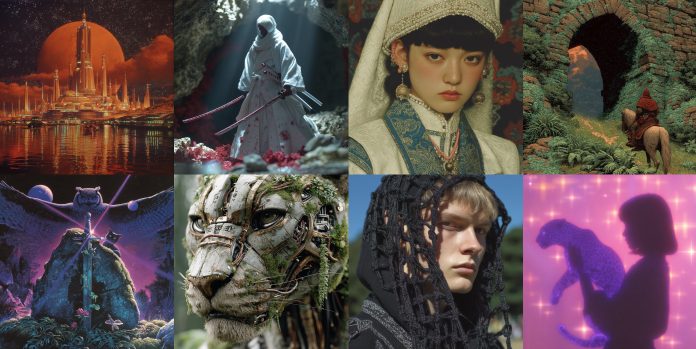Midjourney, a pioneering AI image-generation platform, has launched V7, its first new model in almost a year. The latest version, which began rolling out in alpha early Thursday EST, arrives shortly after OpenAI’s new image generator made waves for its ability to create Ghibli-style artwork.
While V7 is not specifically optimized for that aesthetic, the model introduces a range of improvements in image quality, coherence, and text-prompt comprehension. According to Midjourney founder David Holz, users can expect “noticeably higher” image quality, better textures, and significant enhancements in the rendering of bodies, hands, and objects.
Personalization and New Features
V7 is Midjourney’s first model to enable personalization by default. Users must first rate around 200 images to build a customized profile, which tailors the model to their visual preferences. Once personalization is set up, users can toggle V7 on or off via Midjourney’s website or its Discord-based chatbot.
The model is available in two processing modes:
• Turbo Mode – a higher-cost option for faster generation
• Relax Mode – a standard alternative with lower resource demands
Additionally, V7 introduces Draft Mode, a new tool that generates images ten times faster and at half the cost of the standard mode. While draft images are lower in quality, they can be refined and re-rendered with a single click.
Some familiar Midjourney features, such as image upscaling and retexturing, are not yet available in V7 but are expected to roll out within the next two months. Holz emphasized that V7 is a completely new model with unique strengths and potential weaknesses, encouraging users to experiment with different prompt styles.
Midjourney’s Expansion and Legal Challenges
Midjourney has seen significant financial success, with reports indicating it was on track to generate approximately $200 million in revenue by the end of 2023. The San Francisco-based company recently announced the formation of a hardware team for undisclosed projects and continues to develop models for video and 3D object generation.
However, the company remains entangled in legal disputes. Several lawsuits accuse Midjourney of copyright infringement, alleging that its AI models were trained on images scraped from the internet without the consent of artists.
Despite these challenges, Midjourney’s latest release signals its ongoing push to refine AI-generated visuals while exploring new frontiers in digital art and creative tools.









